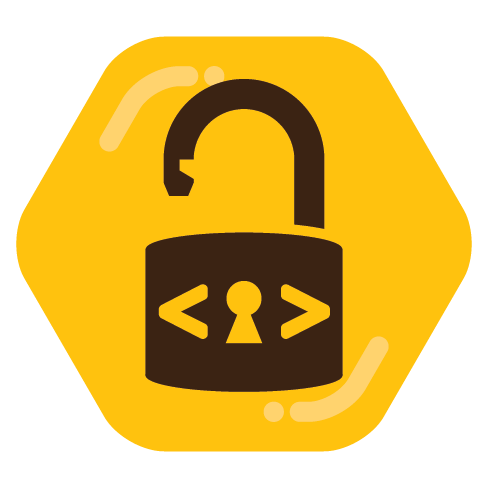

Your phrasing of the question implies a poor understanding. There’s nothing preventing you from running containers on bare metal.
My colo setup is a mix of classical and podman systemd units running on bare metal, combined with a little nginx for the domain and tls termination.
I think you’re actually asking why folks would use bare metal instead of cloud and here’s the truth. You’re paying for that resiliency even if you don’t need it which means that renting the cloud stuff is incredibly expensive. Most people can probably get away with a$10 vps, but the aws meme of needing 5 app servers, an rds and a load balancer to run WordPress has rotted people. My server that I paid a few grand for on eBay would cost me about as much monthly to rent from aws. I’ve stuffed it full of flash with enough redundancy to lose half of it before going into colo for replacement. I paid a bit upfront but I am set on capacity for another half decade plus, my costs are otherwise fixed.





This is generally done when you have customers with SSO, the first one will take the email and if the domain is ssod it forces them through a particular workflow. Otherwise you get the other normal username/password flow